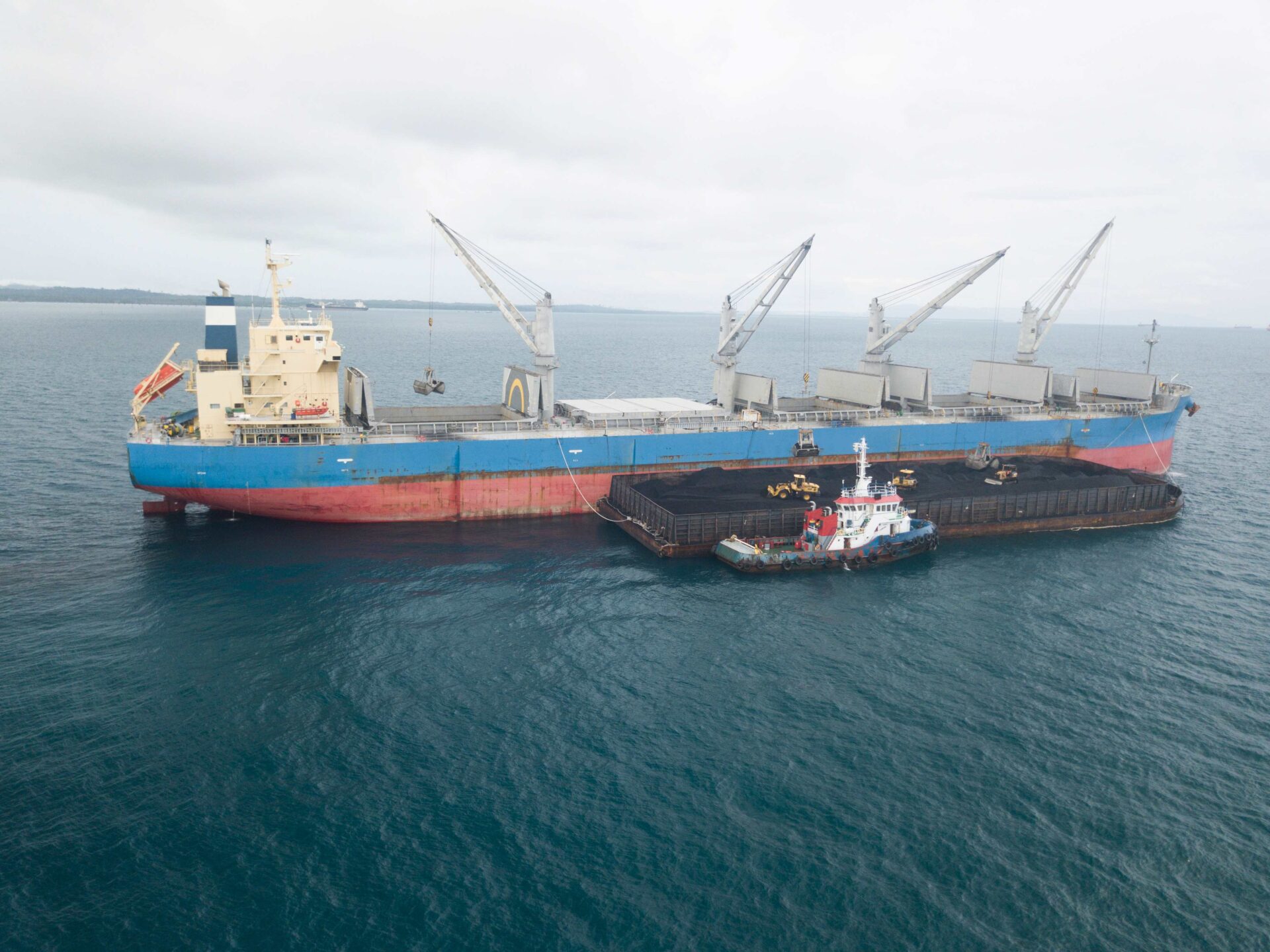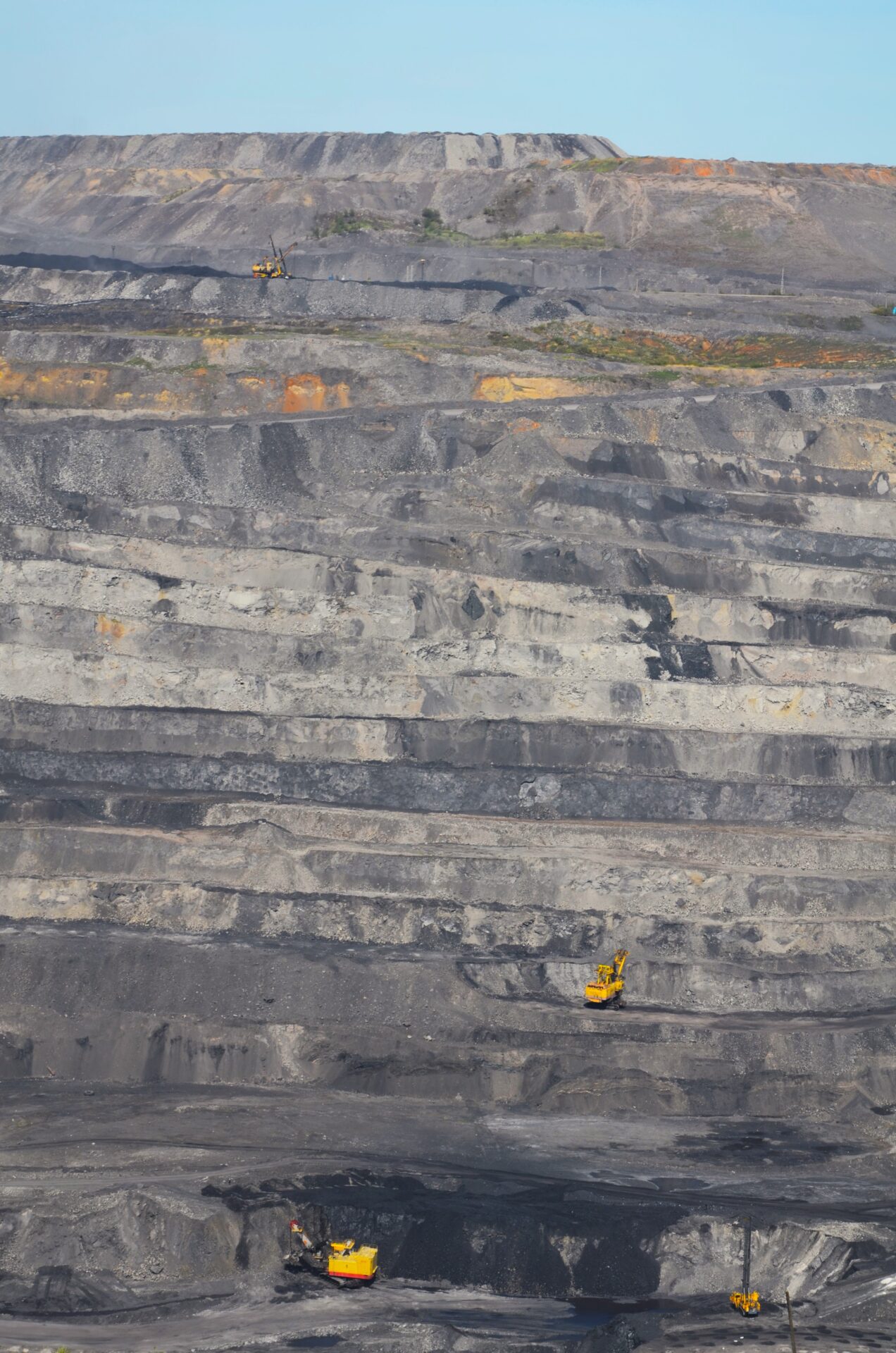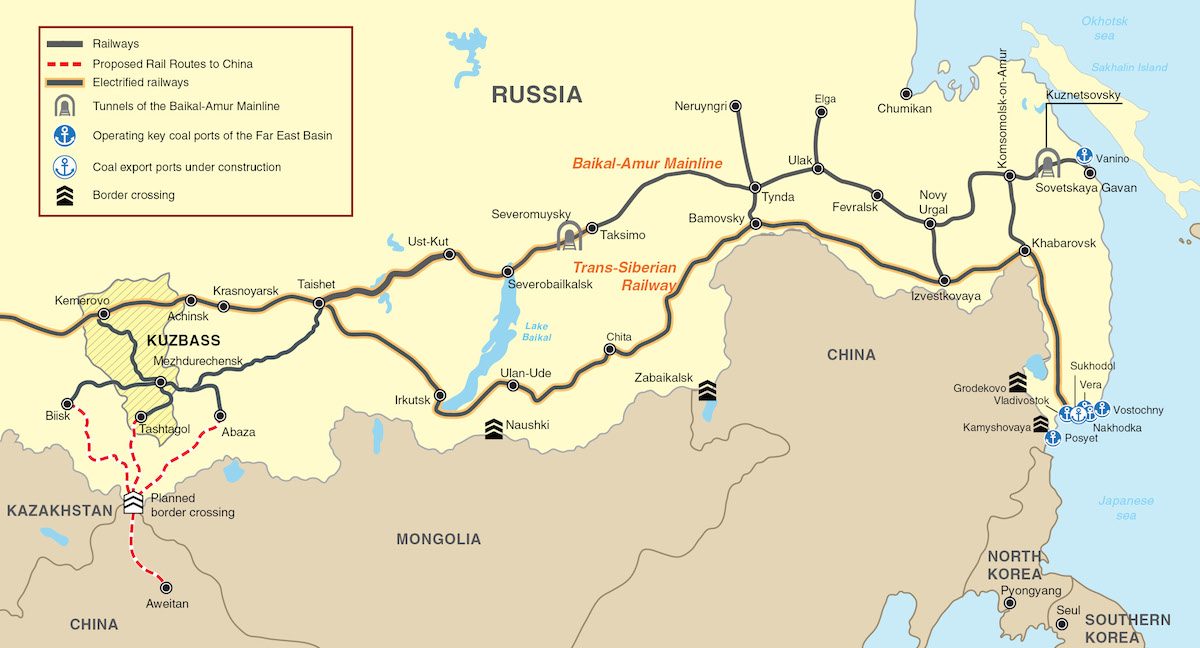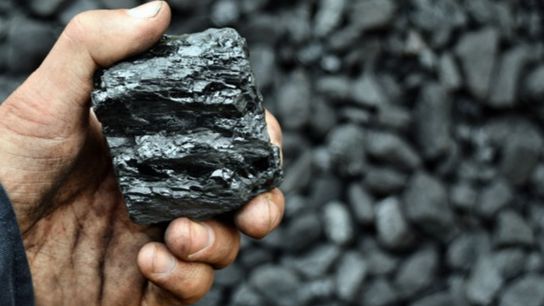

Over the past week, European thermal coal indices were ranging between 108-112 USD/t on the back of ongoing volatility on the gas market. High stockpiles and unstable demand remain the factors, preventing more robust strengthening of quotes. Furthermore, the market was pressured by an increase in supplies from Colombia, linked to the introduced bill on refusal of exports to Israel in view of the situation in Gaza.
Gas quotations at TTF hub climbed to 391 USD/1,000 m3 (+17 USD/1,000 m3 w-o-w), driven by concerns of a complete cessation of gas supplies from Russia to Europe, with German gas importer Uniper deciding to terminate long-term contracts with Gazprom, following an arbitration court ruling. According to some estimates, higher coal consumption should be expected if gas prices rise significantly.
Coal stocks at ARA terminals grew up to 5.3 mio t (+0.1 mio t or +2% w-o-w).
South African High-CV 6,000 keeps below the 110 USD/t level on limited demand in India, where heavy rains and lower temperatures led to a 1% increase in thermal coal stocks at power plants. Pressure on prices is also exerted by supply growth and political uncertainty stemming from the elections in South Africa.
Market participants expect South African coal exports through Richards Bay Coal Terminal (RBCT) to surge 11% in H1 2024 owing to improved rail transportation via Transnet railway to reach 26.1 mio t (+2.5 mio t vs. H1 2023). Thus, in 2024, shipments via RBCT may reach 52 mio t (+5 mio t y-o-y). In January-May this year the main importers of South African coal were such countries as India (9.5 mio t), South Korea (2.9 mio t), Vietnam (2 mio t) and Pakistan (1.2 mio t).
In China, spot prices for 5,500 NAR coal at the port of Qinhuangdao stood flat at 123 USD/t amid reduced activity, related to the national holiday from June 8-10 (Dragon Boat Festival). Support was provided by such factors as a sharp rise in temperature in the northern regions of the country to 40-42C°, increased consumption by power producers as well as holding prices by coal companies.
However, pressure persisted from rising inventories at power plants and seaports, along with lower purchase prices from consumers in some regions, including Guangdong and Shandong.
Inventories at the 6 largest coastal thermal power plants added 0.2 mio t to 14.6 mio t, while coal consumption advanced from 770 kt/day to 787 kt/day. Stocks at the 9 largest ports totaled 26.0 mio t (+0.7 mio t w-o-w).
Indonesian 5,900 GAR slipped to 93.7 USD/t (-0.8 USD/t w-o-w) because of the ample supply and limited demand in India. Also, Chinese customers are looking to shift loading dates under long-term contracts following a surplus of material in the southern part of China.
Australian High-CV 6,000 dropped below 135 USD/t as demand in China and the Asia-Pacific deteriorated. Buyers say they had to divert four Capesize vessels from the southern part of the country to the Yangtze River, as only there was spare stockpile capacity and the opportunity to sell Australian material.
Only one similar case was recorded in 2023 as it makes logistics more expensive.
Australia’s Department of Finance forecasts Queensland coal exports to soar 8.25% in FY 2025 after growing 2.5% in FY 2024 (coming to an end June 30), fueled by infrastructure development.
Australian HCC metallurgical coal quotations held above 255 USD/t on expectations of supply tightening and demand recovery in India after Modi’s election victory was confirmed. JFE Steel’s purchase of a batch of 80 kt with shipment in early July also contributed to the price rise, with offers during the week exceeding 260 USD/t, FOB Australia.
Source: CCA













